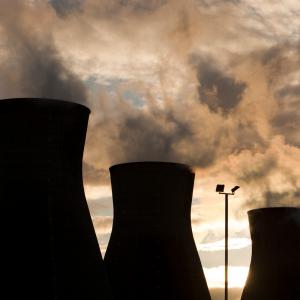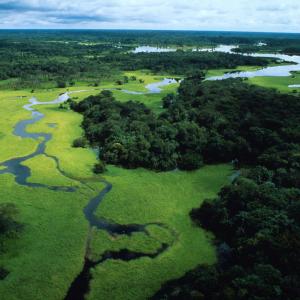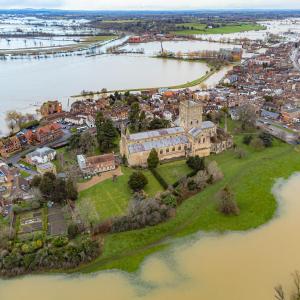
Why is the 1.5°C target important?
Why is the 1.5°C target important?
Keeping global temperature rise below 1.5°C can prevent the worst impacts of the climate crisis[1] and going past most irreversible tipping points. [2]
Nevertheless, within 1.5ºC the climate crisis will still cause harm to nature and people, especially those who are the least responsible for it, who are often the poorest and indigenous people (often important stewards of nature).
Therefore, every fraction of temperature rise matters, especially for people at the frontline of climate change and vulnerable ecosystems.
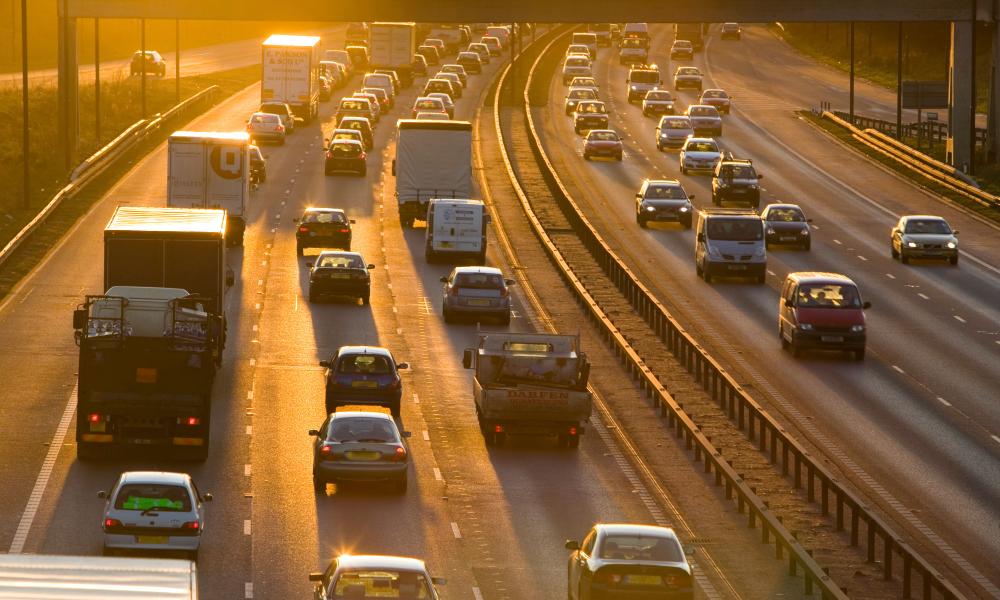
What have countries agreed to do in the Paris Agreement?
What have countries agreed to do in the Paris Agreement?
Under the Paris Agreement, each country has to decide how much greenhouse gas emissions they will reduce and publish national climate plans to say how they will make this happen, known as Nationally Determined Contributions (NDCs). In other words, the world’s joint effort in limiting warming within 1.5ºC is mainly comprised of national climate plans put together.
Not all national climate plans will have the same target. This bottom-up approach requires countries that have contributed the most to the climate crisis to reduce emissions faster, doing their fair share of emissions reduction.

Is the Paris Agreement working?
Is the Paris Agreement working?
The Paris Agreement has undoubtedly sped up global emissions reduction – this decade has seen climate policies highest on the political agenda ever – yet the world is still far off track from the goal of the 1.5ºC limit.
The planet has already warmed by 1.2°C since the Industrial Revolution, leaving little margin for further increase. The world is currently on course for a 2.7°C temperature rise, necessitating much more urgent and stronger actions.
Almost all countries’ national climate plans are not strong enough. You can find an assessment by Climate Action Track on whether countries’ national climate plans are sufficient here. Furthermore, countries do not always sufficiently deliver what they have promised in their national climate plans, further increasing the gap to limit warming within 1.5ºC.
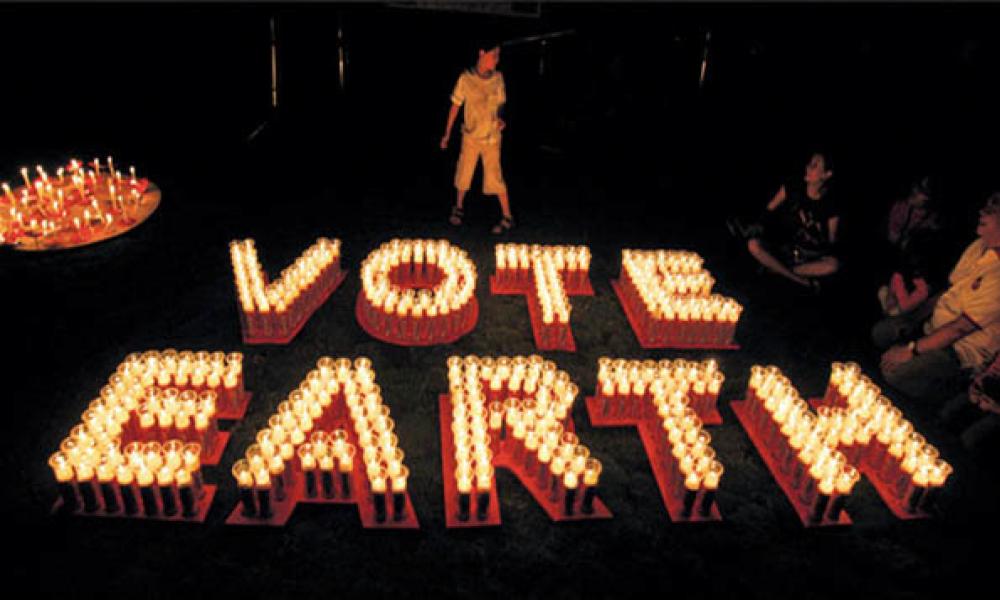
What needs to be done now?
What needs to be done now?
The Paris Agreement requires countries to review and increase the ambition stated in their national climate plan every 5 years. To keep 1.5ºC within reach, countries now need to set more ambitious national climate plans, with near-term goals that can turn the long-term target into reality.
We need to tell our government that they need to – and they can – aim higher and do better. This is the only way to prevent the worst impacts of the climate crisis. Preventing every fraction of temperature rise could save lives and protect nature, meaning every action we take (or don't take) matters!
Sources
[1] The Conversation (2022) 1.5°C: where the target came from – and why we’re losing sight of its importance. https://theconversation.com/1-5-c-where-the-target-came-from-and-why-were-losing-sight-of-its-importance-195745
[2] Carbon Brief (2024) 'Every 0.1°C’ of overshoot above 1.5°C increases risk of crossing tipping points. https://www.carbonbrief.org/every-0-1c-of-overshoot-above-1-5c-increases-risk-of-crossing-tipping-points/
